Introduction
Stocks are commonly categorized based on their market capitalization, which represents the total value of a company's outstanding shares. Understanding these classifications is crucial for investors seeking to diversify their portfolios and manage risk effectively. Companies are generally grouped into different tiers, including small-cap, mid-cap, large-cap, and giant-cap stocks. Each category reflects distinct financial characteristics, growth potential, and stability levels. Market capitalization plays a key role in investment decisions, influencing stock liquidity, volatility, and overall market impact. By examining the differences between these classifications, investors can make more informed choices about where to allocate their capital.
Defining Market Capitalization
Market capitalization, commonly referred to as market cap, represents the total value of a company's outstanding shares. It is calculated by multiplying the current stock price by the total number of shares available in the market. This metric is widely used by investors to assess a company's size and financial standing. Unlike revenue or net income, market cap reflects the market's perception of a company's worth. Companies are categorized into different market cap tiers based on their valuation.
Small-cap stocks typically have a market capitalization ranging from $300 million to $2 billion, while mid-cap stocks fall between $2 billion and $10 billion. Large-cap stocks exceed $10 billion in market value, representing well-established companies with strong financial stability. Some analysts also recognize giant-cap or mega-cap stocks, which have valuations exceeding $200 billion.
What Are Large-Cap Stocks?
Large-cap stocks refer to shares of companies with a market capitalization of $10 billion or more. These businesses are typically well-established, financially stable, and industry leaders. Due to their size and influence, they tend to be less volatile than smaller firms, making them a preferred choice for conservative investors. Some of the most well-known large-cap stocks include Apple, Microsoft, Amazon, Alphabet, and Coca-Cola. These companies operate across various industries, from technology and consumer goods to finance and healthcare.
Large-cap stocks are frequently included in major stock indices such as the S&P 500 and Dow Jones Industrial Average, further solidifying their market presence. Investing in large-cap stocks offers several advantages, including lower risk, reliable dividend payouts, and strong liquidity.
What Are Giant-Cap Stocks?
Giant-cap stocks, also known as mega-cap stocks, represent the largest publicly traded companies by market capitalization. These companies typically have a market cap exceeding $200 billion, significantly surpassing the threshold for large-cap stocks. While large-cap stocks are known for their stability and strong financial performance, giant-cap stocks often dominate their industries, wielding substantial influence over market trends and economic conditions.
Their sheer size allows them to maintain competitive advantages, such as extensive global reach, diversified revenue streams, and strong brand recognition. Some of the most well-known giant-cap stocks include Apple, Microsoft, Amazon, Alphabet, and Nvidia. Giant-cap stocks are frequently included in major indices such as the S&P 500 and Nasdaq-100, reinforcing their market leadership.
Key Differences Between Giant-Cap and Large-Cap Stocks
Giant-cap and large-cap stocks differ significantly in terms of growth potential and stability. Large-cap stocks, with market capitalizations exceeding $10 billion, are known for their steady growth and financial resilience. They often provide consistent returns and dividends, making them attractive to investors seeking stability. Giant-cap stocks, which surpass $200 billion in market value, tend to be even more stable due to their industry dominance and diversified revenue streams.
While large-cap stocks offer a balance between growth and security, giant-cap stocks prioritize stability over aggressive expansion. Large-cap companies are often leaders in their respective industries, but giant-cap stocks typically set global trends and shape economic policies. Liquidity and trading volume also vary between giant-cap and large-cap stocks. Giant-cap stocks generally have higher liquidity, meaning they can be bought and sold with minimal price fluctuations.
Their large trading volumes ensure that investors can enter and exit positions easily. Large-cap stocks also offer strong liquidity, but they may experience slightly more volatility compared to giant-cap stocks. This difference in liquidity can impact investment strategies.
Investment Strategies for Large-Cap and Giant-Cap Stocks
Portfolio allocation plays a crucial role in balancing risk and reward when investing in large-cap and giant-cap stocks. Large-cap stocks offer stability and moderate growth potential, while giant-cap stocks provide even greater stability but may have limited growth opportunities. Investors often allocate a mix of both to ensure diversification, combining the steady returns of giant-cap stocks with the potential for higher appreciation from large-cap companies.
Risk management techniques are essential when investing in large-cap and giant-cap stocks. While these stocks tend to be less volatile than smaller companies, they are not immune to market fluctuations. Additionally, dividend-paying large-cap and giant-cap stocks can provide a cushion during market downturns, offering consistent income.
Sector Breakdown: Where Do Large and Giant-Caps Exist?
Large-cap stocks are commonly found in sectors such as consumer goods, healthcare, finance, and industrials. Giant-cap stocks are predominantly concentrated in technology, energy, and financial services. Their industry dominance allows them to shape global markets and influence economic policies. Technology giants have emerged as some of the most valuable companies in the world, often classified as giant-cap stocks.
Companies like Microsoft, Apple, and Nvidia lead the sector, leveraging innovation and artificial intelligence to drive growth. In contrast, traditional blue-chip stocks, such as Johnson & Johnson and JPMorgan Chase, represent stability and long-term reliability. While tech giants experience rapid expansion, blue-chip stocks focus on steady performance and dividend payouts, catering to different investor preferences.
Case studies highlight the contrasting growth trajectories of large-cap and giant-cap stocks. Microsoft, a giant-cap stock, has consistently expanded its market presence through acquisitions and AI investments, reinforcing its industry leadership. Meanwhile, large-cap companies like Oracle and Salesforce continue to grow but at a more measured pace. The distinction between these categories underscores the importance of understanding market capitalization when making investment decisions.
Historical Performance and Market Trends
Large-cap and giant-cap stocks have demonstrated distinct performance trends over time, shaped by economic cycles and market conditions. Large-cap stocks, with market capitalizations exceeding $10 billion, have historically provided steady returns and lower volatility, making them attractive for long-term investors. Giant-cap stocks, surpassing $200 billion in market value, tend to exhibit even greater stability, often leading market indices due to their industry dominance. Over the past few decades, large-cap stocks have shown resilience during economic downturns, while giant-cap stocks have maintained strong market positions, benefiting from their global influence and diversified revenue streams.
Additionally, factors such as GDP growth, inflation rates, and unemployment levels impact investor sentiment and stock valuations. During periods of economic expansion, large-cap stocks often experience moderate growth, while giant-cap stocks maintain steady performance due to their established market presence. Conversely, economic recessions can lead to declines in stock prices, though giant-cap stocks tend to recover faster due to their financial strength and industry leadership.
Conclusion
Understanding the differences between large-cap and giant-cap stocks is essential for investors seeking to build a balanced portfolio. Large-cap stocks offer a mix of stability and growth potential, making them a reliable choice for long-term investments. Giant-cap stocks, while even more stable, provide industry dominance and lower volatility but may face challenges in achieving rapid expansion.
Examining their historical performance, sector distribution, and investment strategies allows investors to make informed decisions based on financial goals and risk tolerance. By recognizing the unique advantages and limitations of each category, investors can craft strategic allocations that maximize returns while managing market fluctuations effectively.
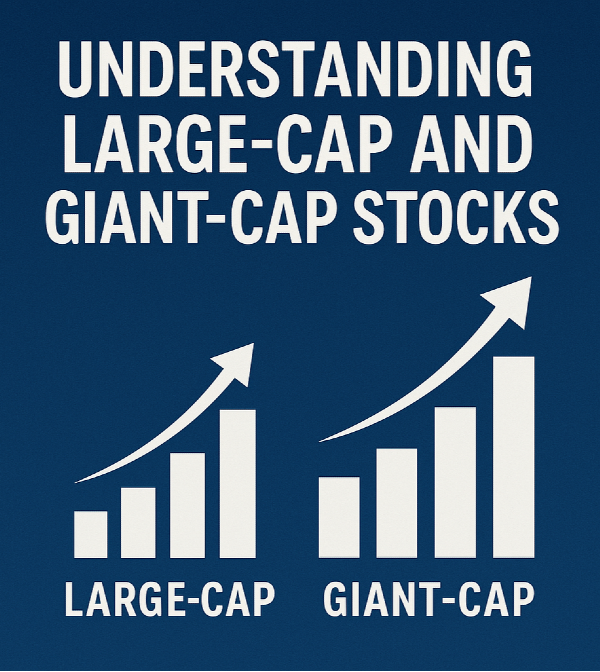


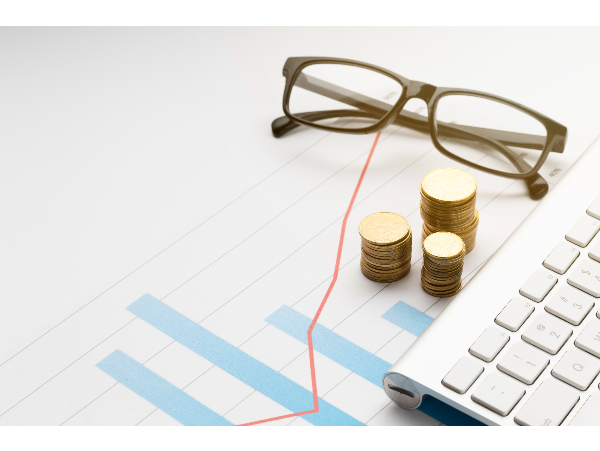

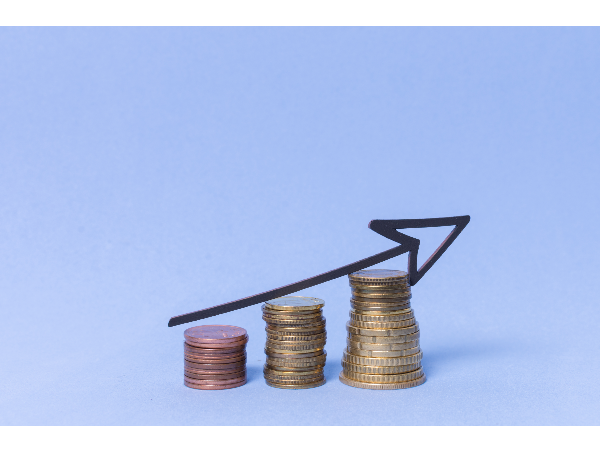
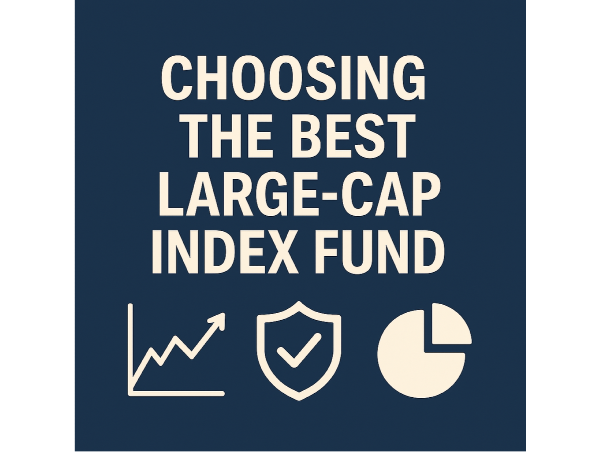
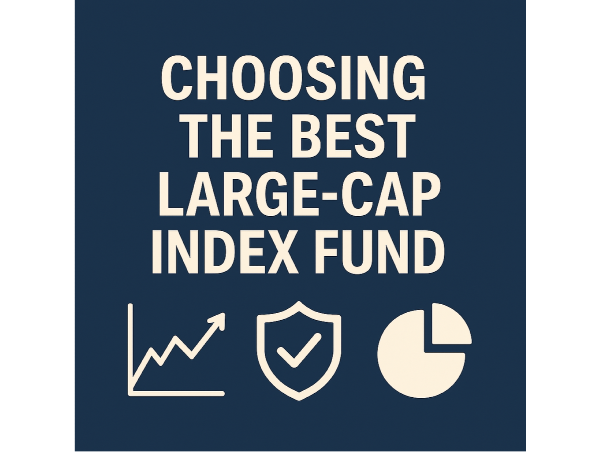
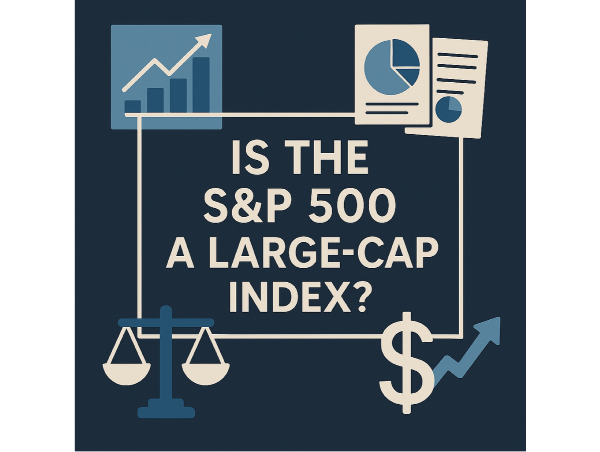

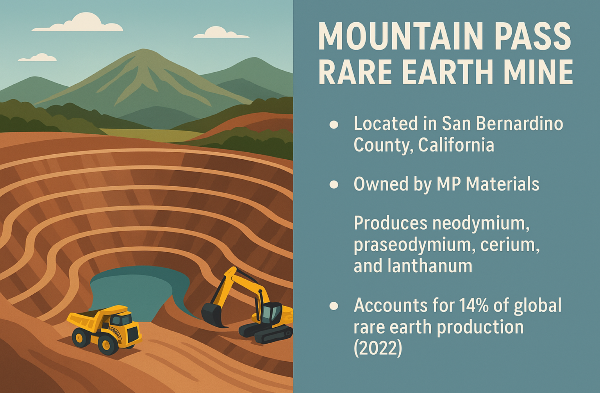
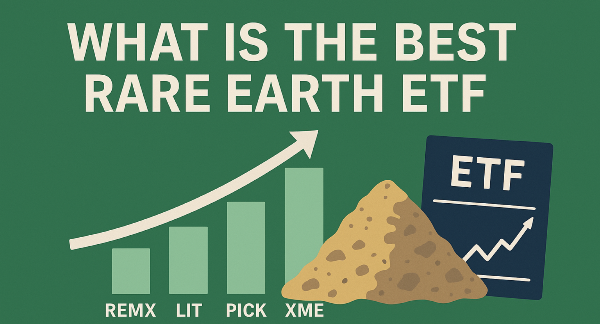
















Introduction
Stocks are commonly categorized based on their market capitalization, which represents the total value of a company's outstanding shares. Understanding these classifications is crucial for investors seeking to diversify their portfolios and manage risk effectively. Companies are generally grouped into different tiers, including small-cap, mid-cap, large-cap, and giant-cap stocks. Each category reflects distinct financial characteristics, growth potential, and stability levels. Market capitalization plays a key role in investment decisions, influencing stock liquidity, volatility, and overall market impact. By examining the differences between these classifications, investors can make more informed choices about where to allocate their capital.
Defining Market Capitalization
Market capitalization, commonly referred to as market cap, represents the total value of a company's outstanding shares. It is calculated by multiplying the current stock price by the total number of shares available in the market. This metric is widely used by investors to assess a company's size and financial standing. Unlike revenue or net income, market cap reflects the market's perception of a company's worth. Companies are categorized into different market cap tiers based on their valuation.
Small-cap stocks typically have a market capitalization ranging from $300 million to $2 billion, while mid-cap stocks fall between $2 billion and $10 billion. Large-cap stocks exceed $10 billion in market value, representing well-established companies with strong financial stability. Some analysts also recognize giant-cap or mega-cap stocks, which have valuations exceeding $200 billion.
What Are Large-Cap Stocks?
Large-cap stocks refer to shares of companies with a market capitalization of $10 billion or more. These businesses are typically well-established, financially stable, and industry leaders. Due to their size and influence, they tend to be less volatile than smaller firms, making them a preferred choice for conservative investors. Some of the most well-known large-cap stocks include Apple, Microsoft, Amazon, Alphabet, and Coca-Cola. These companies operate across various industries, from technology and consumer goods to finance and healthcare.
Large-cap stocks are frequently included in major stock indices such as the S&P 500 and Dow Jones Industrial Average, further solidifying their market presence. Investing in large-cap stocks offers several advantages, including lower risk, reliable dividend payouts, and strong liquidity.
What Are Giant-Cap Stocks?
Giant-cap stocks, also known as mega-cap stocks, represent the largest publicly traded companies by market capitalization. These companies typically have a market cap exceeding $200 billion, significantly surpassing the threshold for large-cap stocks. While large-cap stocks are known for their stability and strong financial performance, giant-cap stocks often dominate their industries, wielding substantial influence over market trends and economic conditions.
Their sheer size allows them to maintain competitive advantages, such as extensive global reach, diversified revenue streams, and strong brand recognition. Some of the most well-known giant-cap stocks include Apple, Microsoft, Amazon, Alphabet, and Nvidia. Giant-cap stocks are frequently included in major indices such as the S&P 500 and Nasdaq-100, reinforcing their market leadership.
Key Differences Between Giant-Cap and Large-Cap Stocks
Giant-cap and large-cap stocks differ significantly in terms of growth potential and stability. Large-cap stocks, with market capitalizations exceeding $10 billion, are known for their steady growth and financial resilience. They often provide consistent returns and dividends, making them attractive to investors seeking stability. Giant-cap stocks, which surpass $200 billion in market value, tend to be even more stable due to their industry dominance and diversified revenue streams.
While large-cap stocks offer a balance between growth and security, giant-cap stocks prioritize stability over aggressive expansion. Large-cap companies are often leaders in their respective industries, but giant-cap stocks typically set global trends and shape economic policies. Liquidity and trading volume also vary between giant-cap and large-cap stocks. Giant-cap stocks generally have higher liquidity, meaning they can be bought and sold with minimal price fluctuations.
Their large trading volumes ensure that investors can enter and exit positions easily. Large-cap stocks also offer strong liquidity, but they may experience slightly more volatility compared to giant-cap stocks. This difference in liquidity can impact investment strategies.
Investment Strategies for Large-Cap and Giant-Cap Stocks
Portfolio allocation plays a crucial role in balancing risk and reward when investing in large-cap and giant-cap stocks. Large-cap stocks offer stability and moderate growth potential, while giant-cap stocks provide even greater stability but may have limited growth opportunities. Investors often allocate a mix of both to ensure diversification, combining the steady returns of giant-cap stocks with the potential for higher appreciation from large-cap companies.
Risk management techniques are essential when investing in large-cap and giant-cap stocks. While these stocks tend to be less volatile than smaller companies, they are not immune to market fluctuations. Additionally, dividend-paying large-cap and giant-cap stocks can provide a cushion during market downturns, offering consistent income.
Sector Breakdown: Where Do Large and Giant-Caps Exist?
Large-cap stocks are commonly found in sectors such as consumer goods, healthcare, finance, and industrials. Giant-cap stocks are predominantly concentrated in technology, energy, and financial services. Their industry dominance allows them to shape global markets and influence economic policies. Technology giants have emerged as some of the most valuable companies in the world, often classified as giant-cap stocks.
Companies like Microsoft, Apple, and Nvidia lead the sector, leveraging innovation and artificial intelligence to drive growth. In contrast, traditional blue-chip stocks, such as Johnson & Johnson and JPMorgan Chase, represent stability and long-term reliability. While tech giants experience rapid expansion, blue-chip stocks focus on steady performance and dividend payouts, catering to different investor preferences.
Case studies highlight the contrasting growth trajectories of large-cap and giant-cap stocks. Microsoft, a giant-cap stock, has consistently expanded its market presence through acquisitions and AI investments, reinforcing its industry leadership. Meanwhile, large-cap companies like Oracle and Salesforce continue to grow but at a more measured pace. The distinction between these categories underscores the importance of understanding market capitalization when making investment decisions.
Historical Performance and Market Trends
Large-cap and giant-cap stocks have demonstrated distinct performance trends over time, shaped by economic cycles and market conditions. Large-cap stocks, with market capitalizations exceeding $10 billion, have historically provided steady returns and lower volatility, making them attractive for long-term investors. Giant-cap stocks, surpassing $200 billion in market value, tend to exhibit even greater stability, often leading market indices due to their industry dominance. Over the past few decades, large-cap stocks have shown resilience during economic downturns, while giant-cap stocks have maintained strong market positions, benefiting from their global influence and diversified revenue streams.
Additionally, factors such as GDP growth, inflation rates, and unemployment levels impact investor sentiment and stock valuations. During periods of economic expansion, large-cap stocks often experience moderate growth, while giant-cap stocks maintain steady performance due to their established market presence. Conversely, economic recessions can lead to declines in stock prices, though giant-cap stocks tend to recover faster due to their financial strength and industry leadership.
Conclusion
Understanding the differences between large-cap and giant-cap stocks is essential for investors seeking to build a balanced portfolio. Large-cap stocks offer a mix of stability and growth potential, making them a reliable choice for long-term investments. Giant-cap stocks, while even more stable, provide industry dominance and lower volatility but may face challenges in achieving rapid expansion.
Examining their historical performance, sector distribution, and investment strategies allows investors to make informed decisions based on financial goals and risk tolerance. By recognizing the unique advantages and limitations of each category, investors can craft strategic allocations that maximize returns while managing market fluctuations effectively.